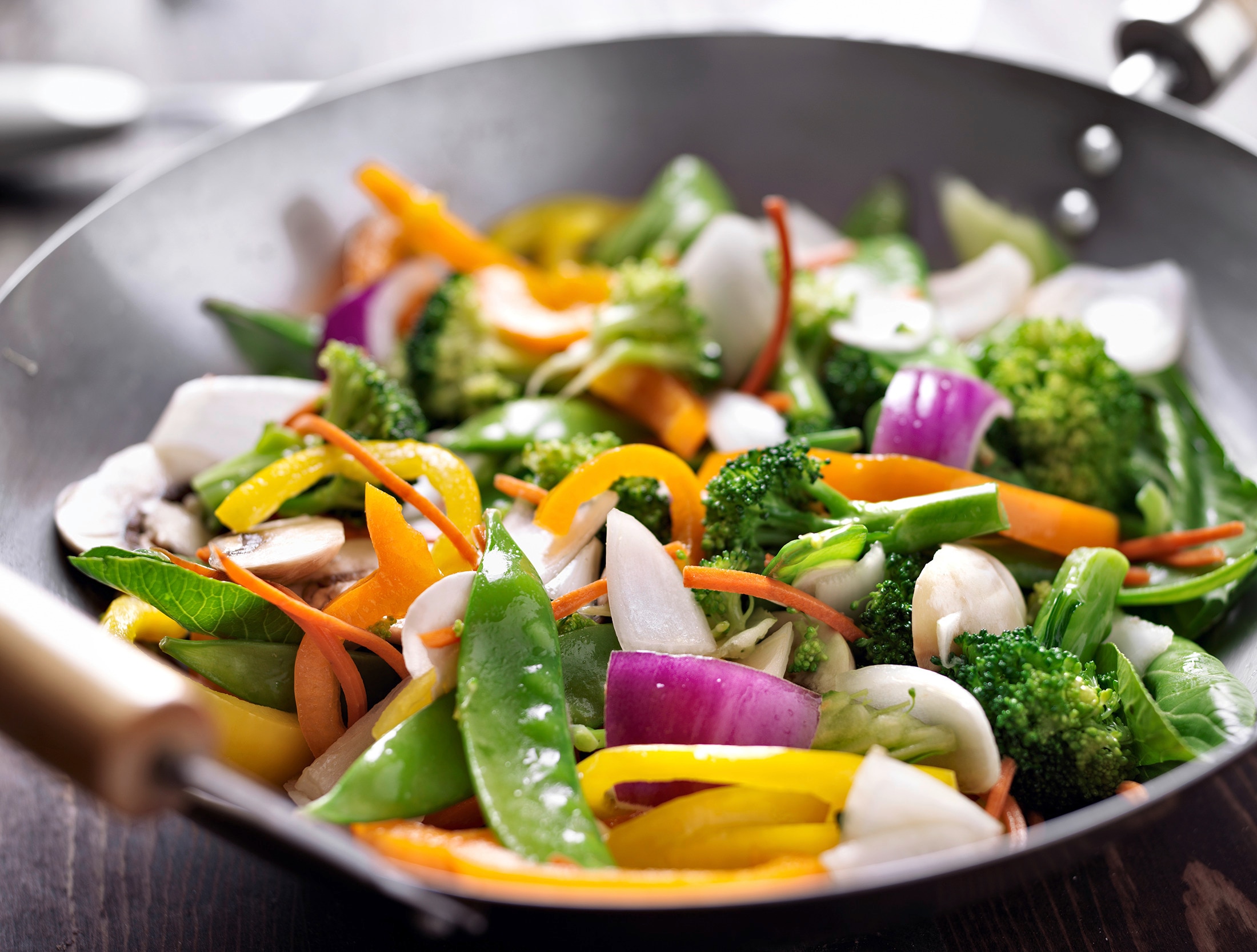Skip to:
Ginisang gulay is a classic Filipino dish of stir-fried vegetables. Traditional components include local crops like kalabasa, talong, and sitaw, but you can use whatever produce you have on hand. Broccoli, cauliflower, and red bell peppers all make nutritious (and delicious!) additions.
This nutri-sarap ulam takes less than 30 minutes to cook, which makes it ideal for weekday meals. It fuels you with essential nutrients, antioxidants, and vitamins, giving you enough energy to conquer your busiest days. Need a cheat sheet to identify the most beneficial local veggies for your ginisang gulay recipe? This guide lists seven you shouldn’t miss.
7 Nutritious Vegetables for Your Ginisang Gulay
Pro tip: your wet market suki is the best source of farm-fresh veggies. Chat with your local vendors, find out the season’s best, and head over when new shipments arrive. It’s an easy way to support small businesses while still getting high-quality ingredients.
1. Kalabasa (squash)
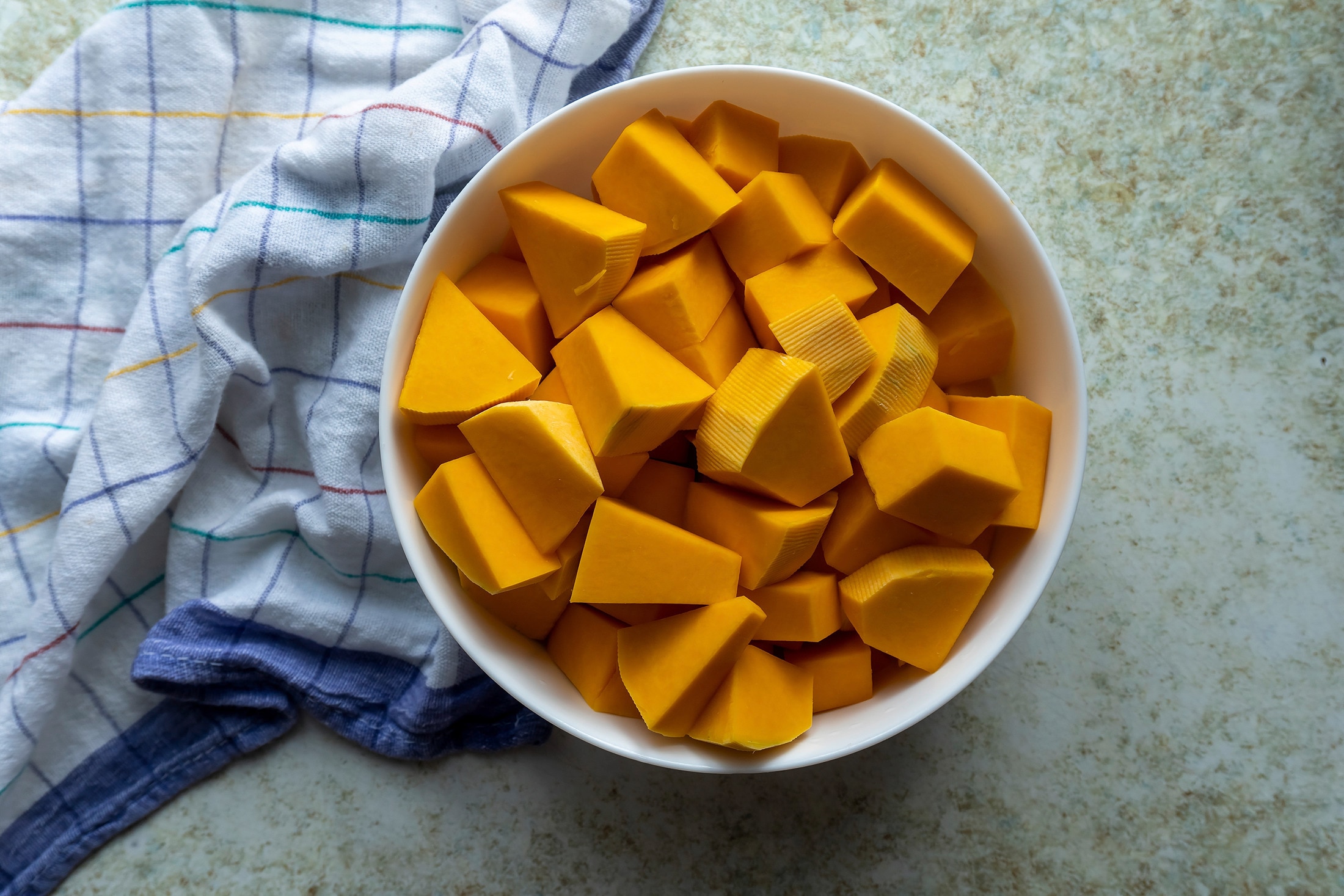
Kalabasa is a versatile all-arounder with a mild, sweet taste and silky texture. You can roast, stir-fry, or sauté this gourd to bring out its natural nuttiness. It packs a ton of digestion-assisting fiber alongside calcium, iron, and vitamin C – all of which help support eye and mental health.
2. Talong (eggplant)
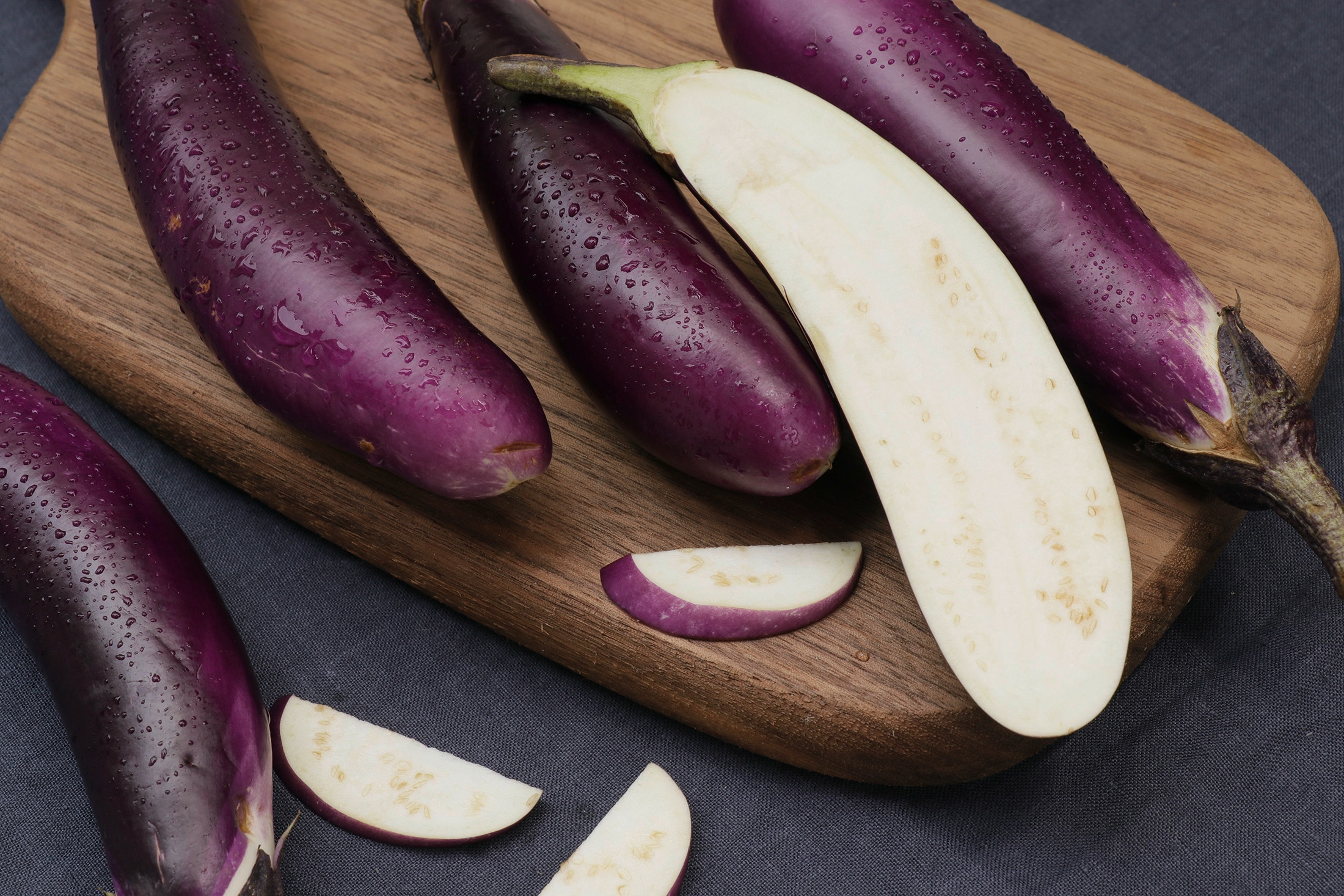
Talong is rich in vitamins A and C and potassium, which boost immunity and help maintain healthy cells. It's high in fiber but low in calories, so it'll satisfy your hunger without feeling too heavy. It cooks quickly, absorbs flavors like a sponge, and becomes meltingly tender after braising or frying. Give it a quick fry in oyster sauce, and you’ve got a winner.
3. Sayote (chayote)
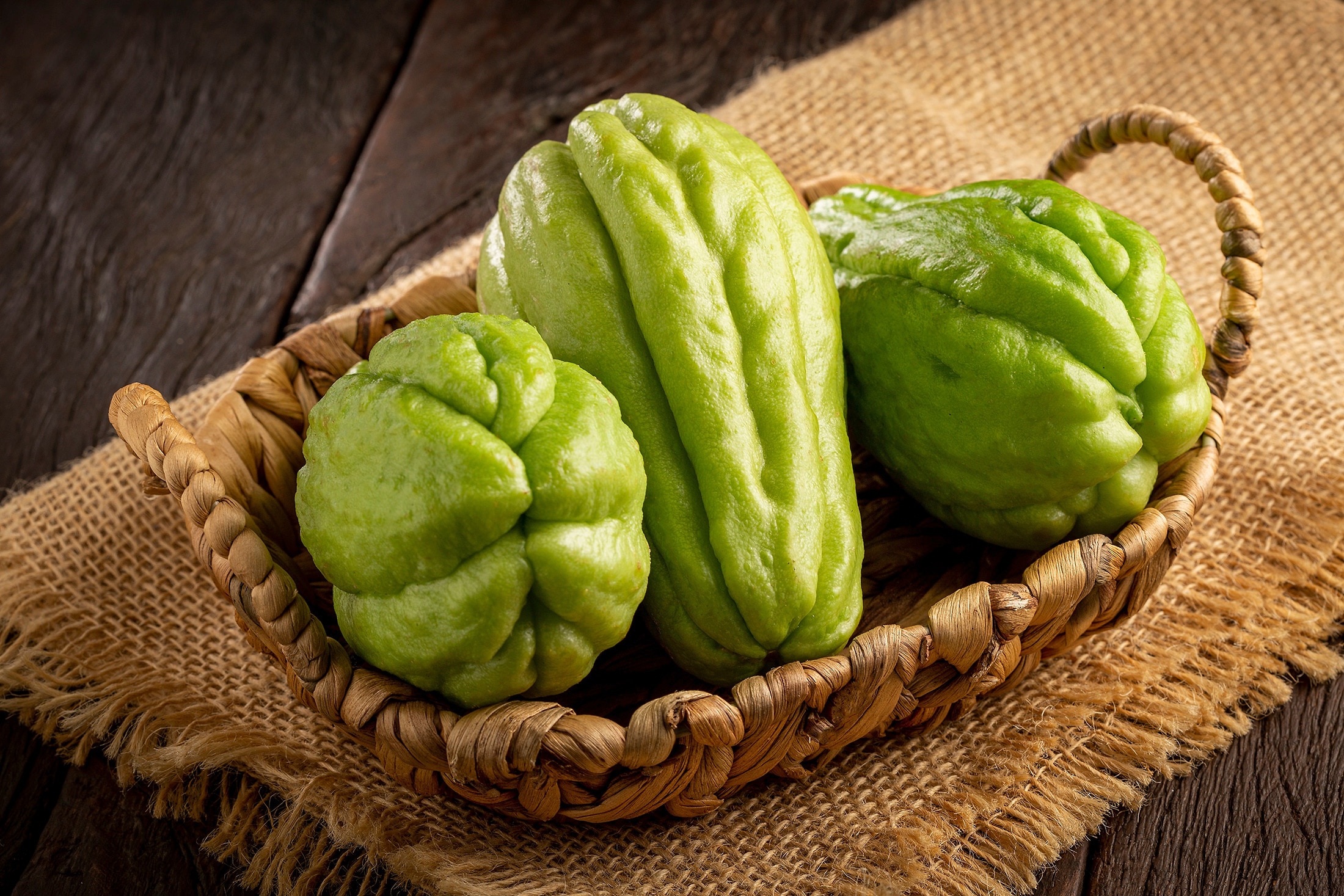
Did you know that sayote is a type of squash? It contains nutrients like folates, which are crucial for healthy pregnancies. It also has compounds that protect against fatty liver disease. Ginisang sayote is one of the easiest veggie stir-fries you can make, and you only need a handful of ingredients for it. Toss your sliced sayote, aromatics, and shrimp together, season with Knorr Shrimp Cubes (for extra umami!), and enjoy with rice.
4. Sitaw (yard-long beans)
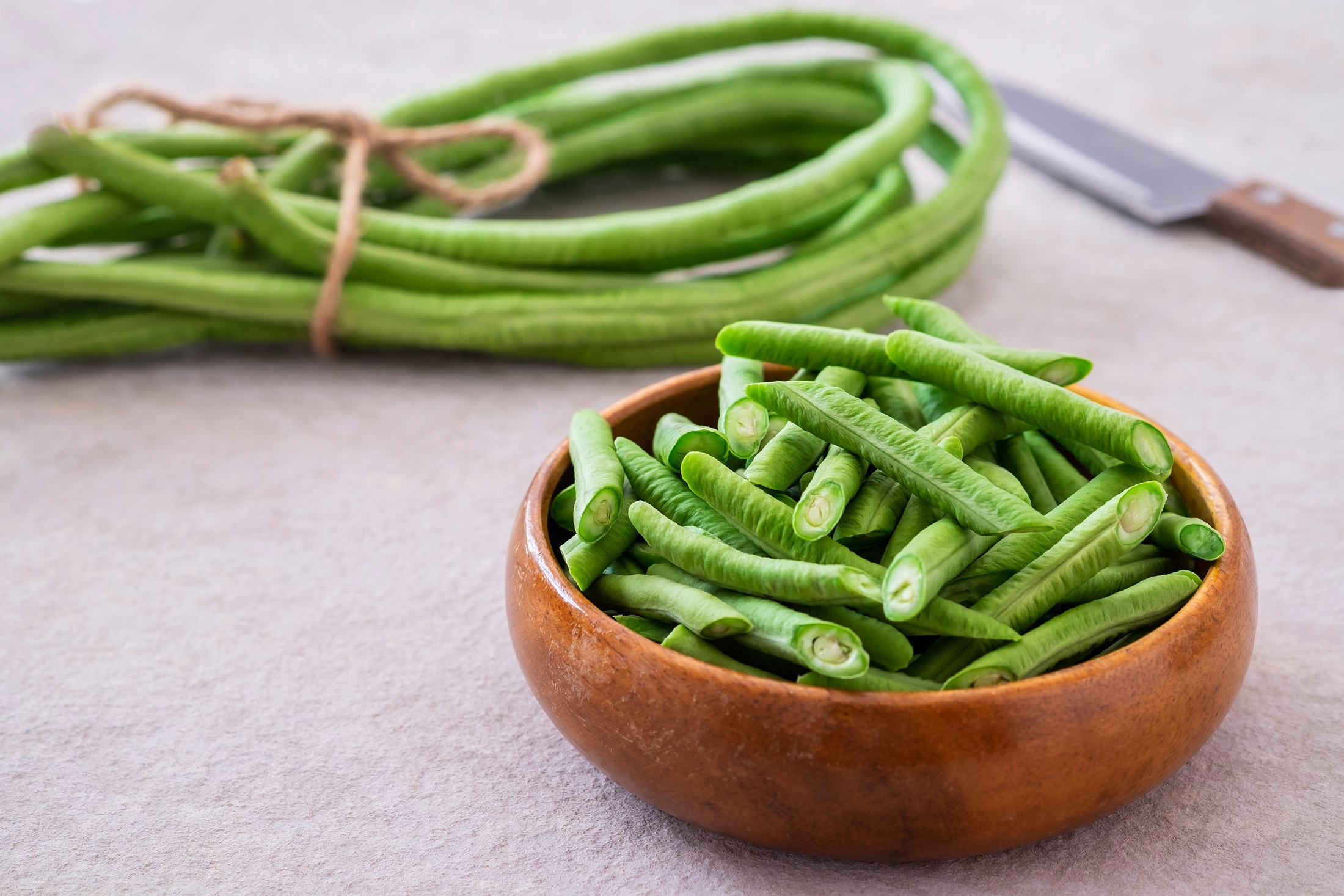
Sitaw is rich in folates, vitamin B-12, and antioxidants. Together, these nutrients assist in healthy cell growth and function, fight inflammation, and boost immunity. These crunchy, fibrous legumes are readily available year-round and are relatively affordable. Always have a bundle ready in case your family craves adobong sitaw.
5. Okra
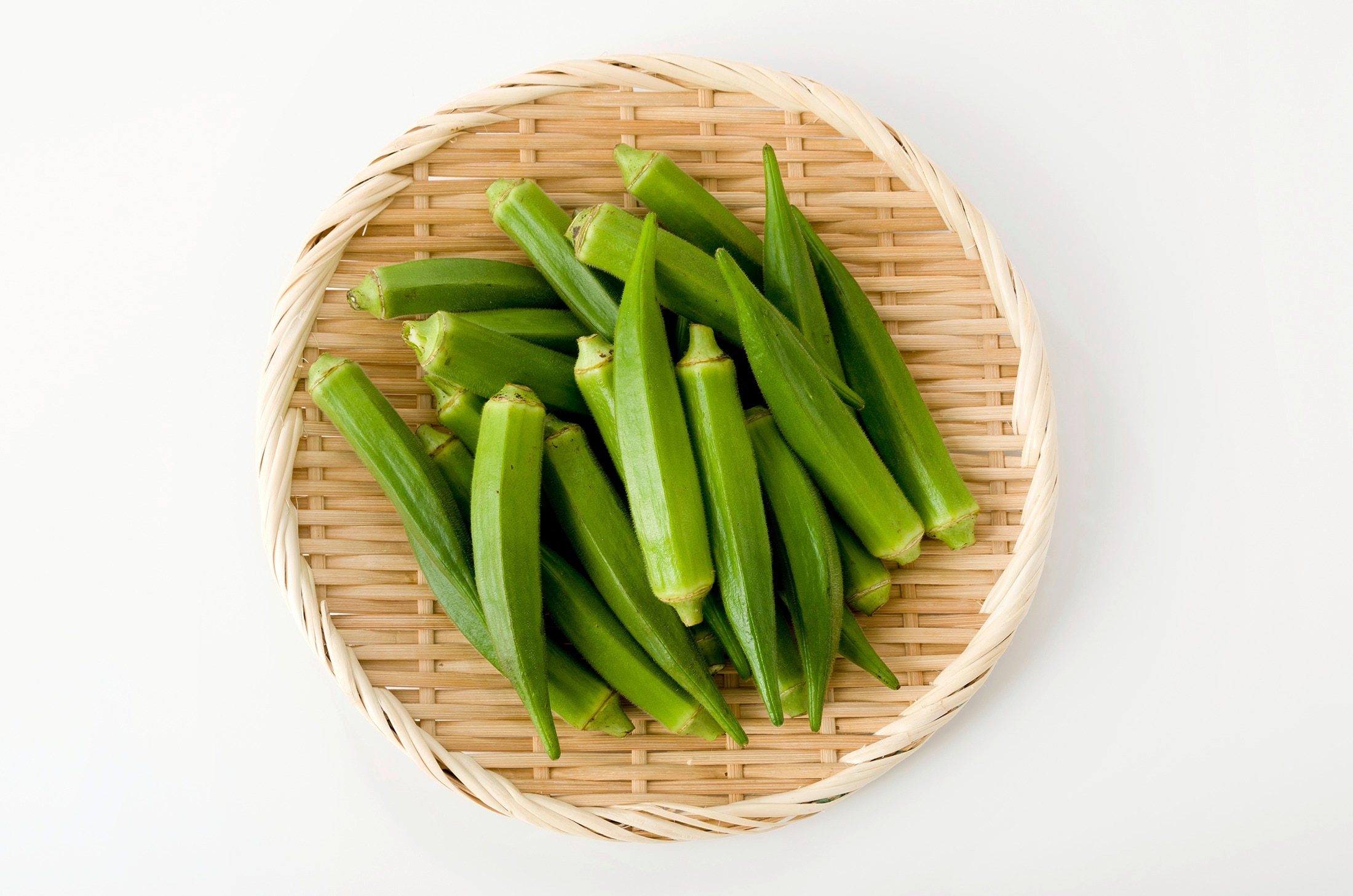
Okra has a slimy, gooey texture that makes it notoriously divisive. Still, it's one of the most nutritious veggies you can eat. It's full of vitamins C and K1 to support immune function and bone health, polyphenols for the heart and brain, and protein for muscles. Gotta love an overachiever! Not a fan of okra? Try this crispy tofu sisig recipe – the veggies play a supporting role in this dish, so you can ease yourself into embracing that goo.
6. Ampalaya (bitter gourd)
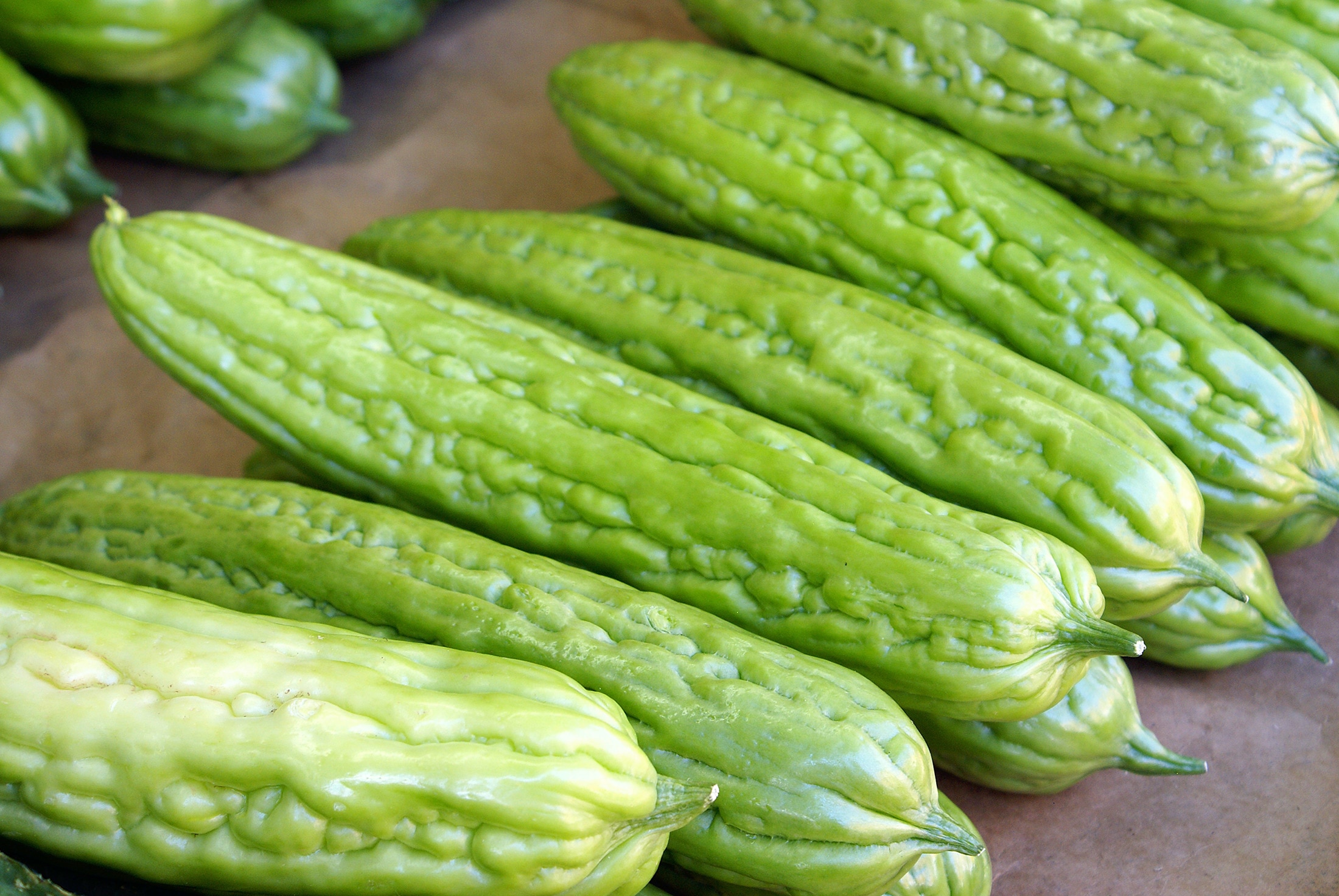
Ampalaya is best known for its bitter flavor, which tends to be an acquired taste. But you can easily neutralize its kapaitan with a few basic techniques. This ginisang ampalaya with tinapa recipe is proof. Don't be afraid to use the gourd in your dishes! It's a great source of antioxidants, vitamin C, and potassium, among other nutrients.
7. Kamatis (tomatoes)
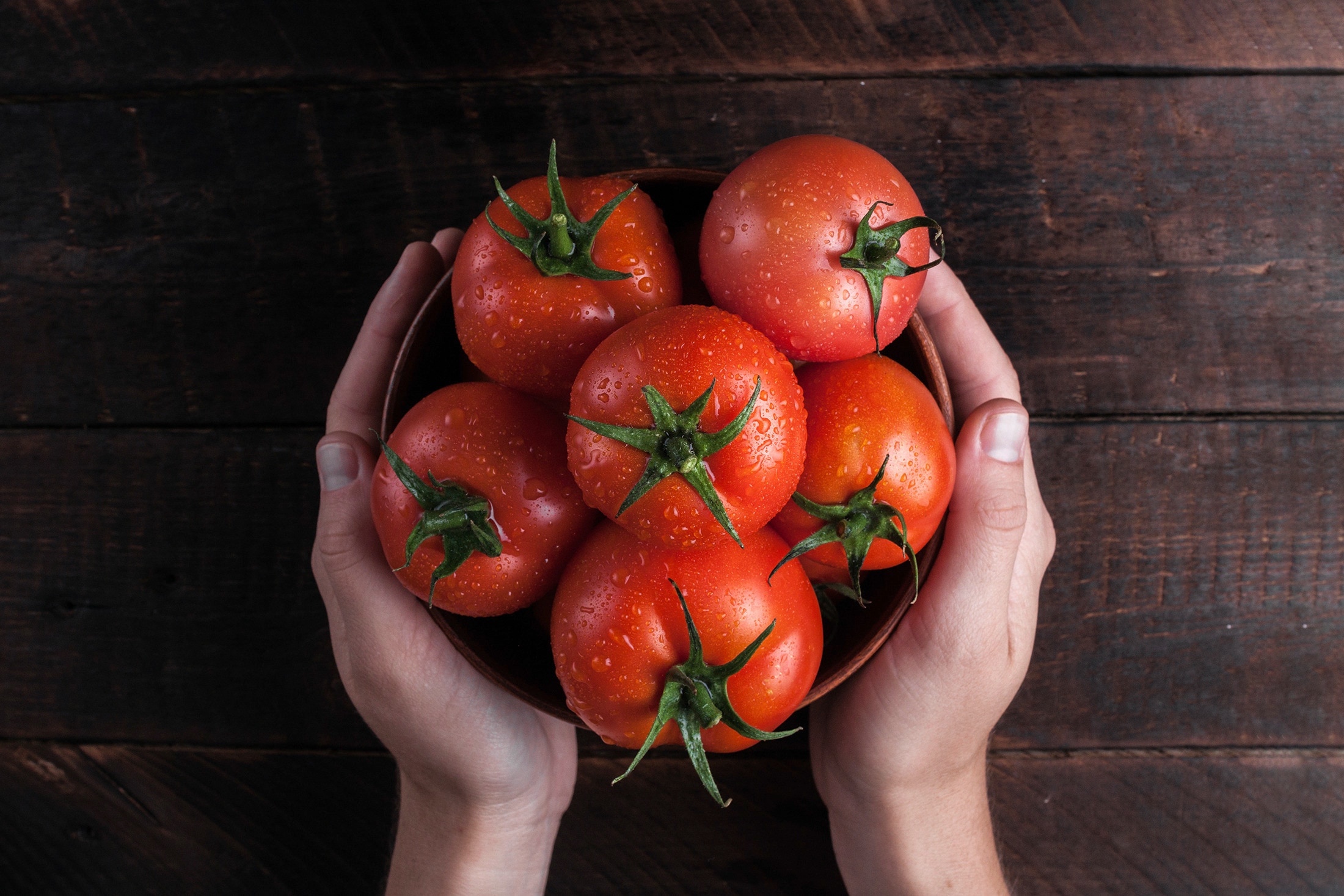
Tomatoes are beloved for their lycopene content, which promotes heart health, protects against oxidative damage, and safeguards the body against disease. But the benefits of kamatis don't stop there!
They also help manage blood sugar levels, strengthen bones, and improve cell function with potassium, folates, and other vitamins. When perfectly ripe, tomatoes are sweet, juicy, and full of natural umami. They’re a reliable pantry staple that works in any stir-fry.
Are you looking to incorporate more ginisang gulay dishes into your family's meal plan? Mix and match these vegetables to maximize their unique flavors and nutritional benefits.

